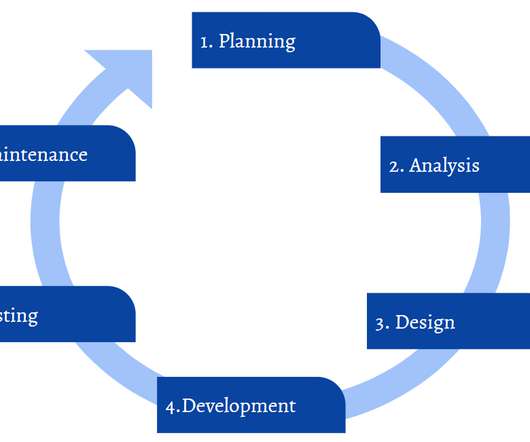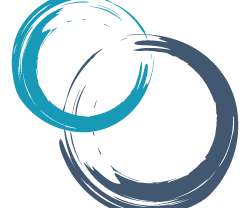Project Management Methodologies 101: The What, Why, How, & Types Explained
ProProfs Project Management
JANUARY 9, 2020
Clearly defining potential project risk factors. Reduce project risks considerably. The Agile project management methodology emerged in 2001, and it is still fast catching up and proving to be a vital tool in the arsenal of most modern project managers. Lean Six Sigma. Pros and Cons of Lean Six Sigma Methodology.















Let's personalize your content